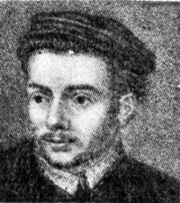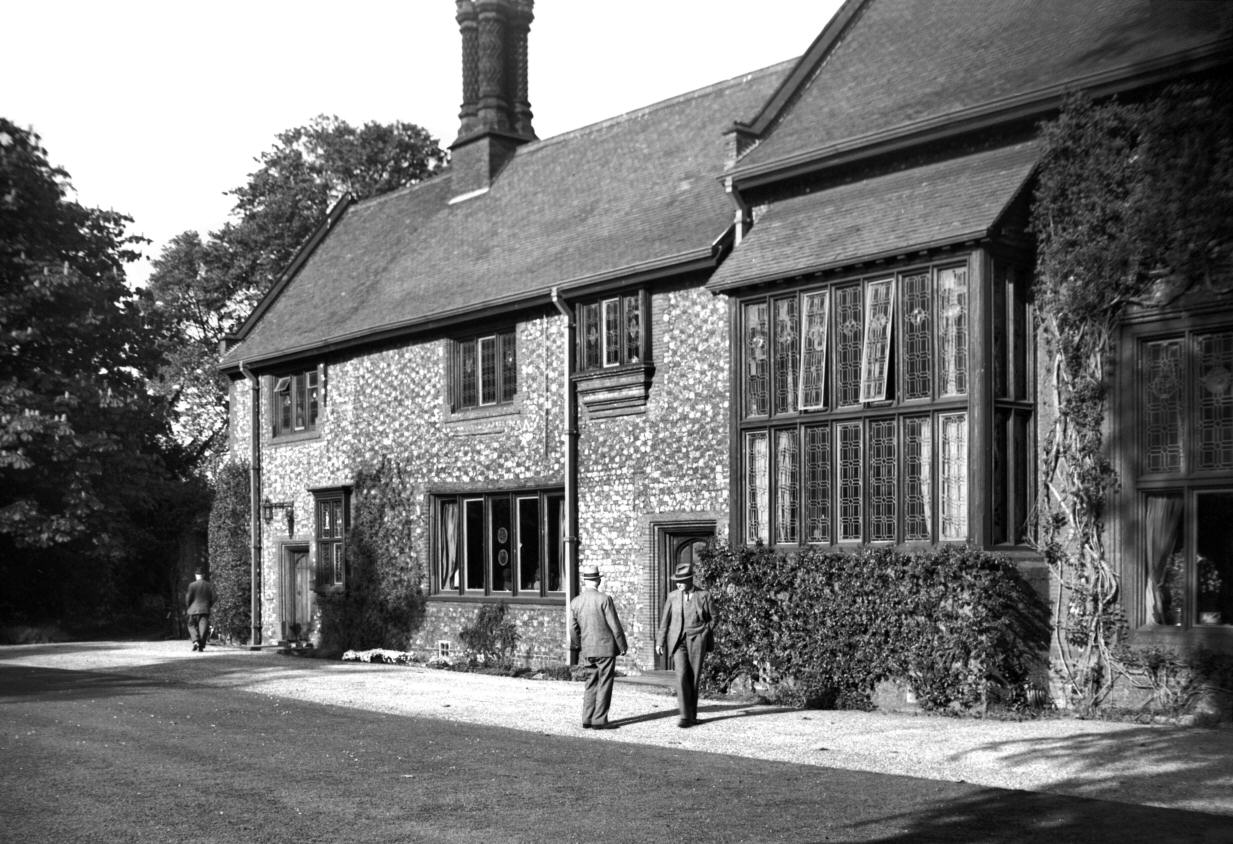|
|
| John Skelton (?1460-1529)
John Skelton is best known for giving his name to a type
of poetry known as 'Skeltonic verse' - characterised by
short lines and quick-recurring rhymes - similar in many
ways to modern rap. From a Norfolk perspective, he was
also the rector of St Mary's
Church in Diss from 1504-1529.

John Skelton
However, he was very familiar with Norwich and the City
inspired two of his best known poems. The first was Phyllyp Sparowe
which is a lament by a young lady called Jane Scroupe
for her sparrow which was killed by a cat. The poem takes place at Carrow Priory
- the remains of which now
lie on land owned by Reckitt and Colman - near Trowse. The priory is,
unfortunately, not accessible to the public but this old
photograph by George Plunkett shows the
prioress' parlour:

Carrow Priory by George Plunkett
Here are
the opening lines of Phyllyp Sparowe:
|
PLA ce bo!
Who is there, who?
Di le xi!
Dame Margery,
Fa, re, my, my.
For the soul of Philip Sparrow
That was late slain at Carrow,
Among the Nunnės Black.
For that sweet soulės sake,
And for all sparrows' souls,
Set in our bed-rolls,
Pater noster qui,
With an Ave Mari,
And with the corner of a Creed,
The more shall be your meed.
Read
complete poem |
The second poem was written in
Latin and concerns a terrible fire which ravaged the city in 1507.
(The poem was translated by I.E. Gray.) The fire began
in Colegate and destroyed 700 wooden houses. Elm Hill
was badly affected - with only the building now known as
The Britons Arms surviving.
|
O sad calamity, O fate most
dire!
A venerable city razed by fire.
Through love's fierce lightnings, or the Fates' stern
hand,
Norwich, so long the glory of our land,
In the consuming flames of Vulcan dies;
England's chief ornament in ashes lies;
O city, what of thee can now be said?
A few fair things survive that thou hast bred;
All life is brief, and frail all man's estate.
City, farewell; I mourn thy cruel fate. |
Links:
More John Skelton Location Photographs
Skelton's Grave |
|

